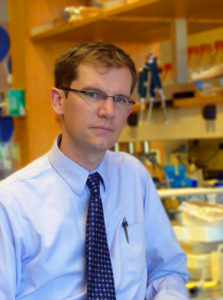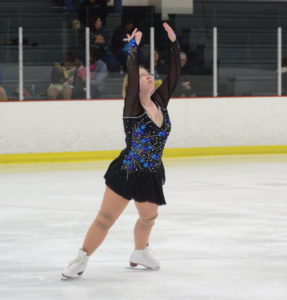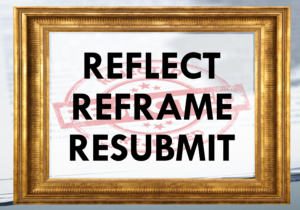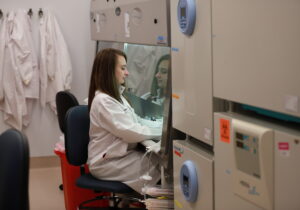What Would You Do If You Could Do Anything? Jeremy Veenstra-VanderWeele
“As scientists, we can be like kids playing in a sandbox,” says Jeremy Veenstra-VanderWeele, Division Director of Child and Adolescent Psychiatry. “We’re building things, trying to understand how things go together and doing experiments, but that can only sustain me for so long. I really need to tie the science to the people.” The children with autism whom he serves in clinic motivate him in the lab, where he studies mice that express gene variants relevant to autism in order to understand the molecular changes in the brain that drive the abnormal behaviors. His goal is to eventually translate those findings into treatments for people affected by autism and related conditions such as Fragile X.
 He also seeks to answer big questions about social competence. “How is it that a person can sit down with another person and have a conversation that works, and understand when that person across from them is bored or irritated or wants to talk about something different?” he asks. “These are very mysterious things that we do unconsciously, and I want to understand why that happens.”
He also seeks to answer big questions about social competence. “How is it that a person can sit down with another person and have a conversation that works, and understand when that person across from them is bored or irritated or wants to talk about something different?” he asks. “These are very mysterious things that we do unconsciously, and I want to understand why that happens.”
Given his interest in people, it’s no surprise that Dr. Veenstra-VanderWeele cites support from friends and family and feedback from colleagues as the reasons he survived and succeeded in the grant-writing process. Frequent reminders that “you can only get the grant by sending it in” kept him on track even when he was ready to give up and repackage his grant for a later deadline. “But you can’t get funding that way,” he says. “Unless you put yourself in a position to actually find out if your grant is good enough, you’ll never succeed.”
Part of positioning oneself to get a grant funded is getting frank feedback from senior colleagues. Although giving his grant materials to them was “nerve-wracking,” he says that “the truth is, they were in our position at some point, and most people actually really want to help.” So, he says, put your grant in front of as many people as possible, “even when it’s not ready, even when you think it stinks.”
Another survival tip Veenstra-VanderWeele offers is to keep an eye on whether the time you spend working on a grant is productive, or whether you’re just going through the motions. When that occurs, take a step back, not just to another section of the grant (though that can be helpful as well), but away from it entirely. Go do or read something else, and don’t let it “occupy every little bit of your mental space.”
At the same time, he also notes that “writing grants is also fun. When you write a paper, you write about what is and what you’ve found. When you write a grant, you write about what you think and what you want to find.” Though he loves “puzzling out” small parts of a larger problem in the lab, he values the chance grant-writing gives him to take a step back and view the project as a whole, and to think about what he would do if he could do anything.
“Hold on to that excitement,” he advises. “There’s something really powerful about writing in the future tense that you sometimes don’t get in your day-to-day scientific life.”






0 Comments